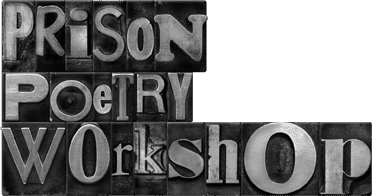We travel to Indianapolis, IN to explore the story of literary great Etheridge Knight, who published his first book, the soulful 1968 masterpiece “Poems from Prison,” while incarcerated at Indiana State Prison. Knight wrote as a prisoner, drug-addict and Korean War veteran. In this episode PPW explores the beauty and complexities of his work and life.
Segment A:
Knight spent his boyhood days on a farm in Corinth Mississippi. There, he lived the idyllic life, working and playing alongside a large brood of brothers and sisters, we learn from Knight’s surviving siblings. But he also pined for adventure, stealing off to rowdy pool halls whenever he had the chance. In such establishments, Knight would’ve found men “telling toasts” (performing memorized, African-American folk poems), a skill he picked up and mastered. By 16, Knight was off on a more fraught adventure, as he enlisted to fight in the Korean war.
Segment B:
Taped to the wall of my cell are 47 pictures: 47 black
faces: my father, mother, grandmothers (1 dead), grand-
fathers (both dead), brothers, sisters, uncles, aunts,
cousins (1st and 2nd),
Returning from the war, Knight began what he called his “mad years.” We hear about how, having picked up a heroin addiction in the army, the veteran found himself in and out of trouble with police. In 1960, Knight was convicted of armed robbery and sentenced to 10-25 years in prison. While behind bars, his love for telling toasts grew into a general appreciation for poetry. Knight wrote prolifically, was discovered by Pulitzer Prize winning poet Gwendolyn Brooks, and released not long after he published his first book. Former Michigan poet laureate Norbert Krapf considers Knight’s story inspirational, and crafts a writing exercise for listeners based on a poem dedicated to him.
SEGMENT C:
We meet Dwayne Betts. If Etheridge Knight has a young literary heir, it might be him. Betts went to prison at 16 after being convicted of carjacking, but has since launched a successful writing career. He, like some other poets we hear from, credits Knight as a strong influence. We also meet Francis Stoller, who spent time with the poet during his last days. “I will write well. I will be a famous writer. I will work hard and my work will be good. I will be a famous writer. My voice will be heard and I will help my people,” Knight once wrote. The voices we hear prove he succeeded.





